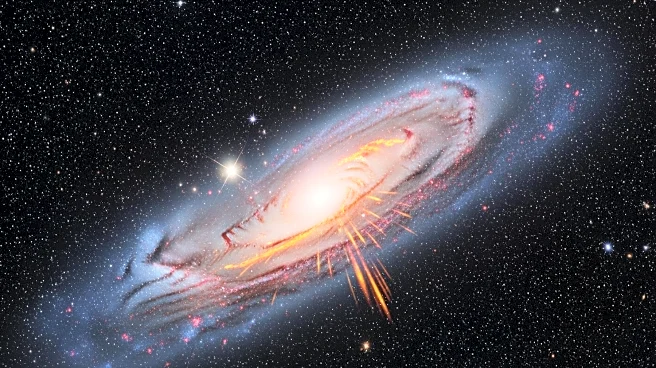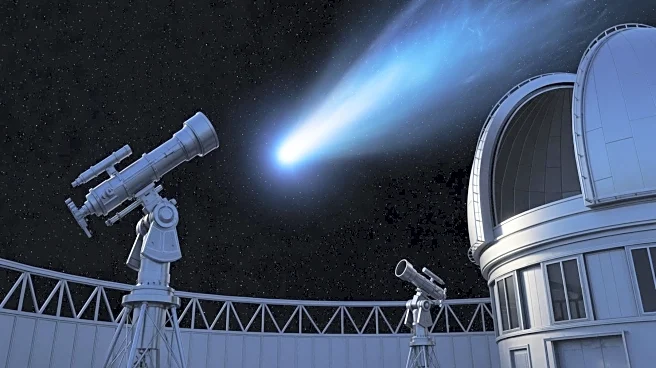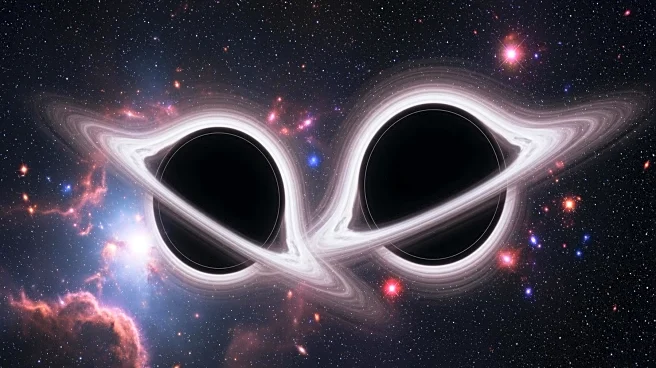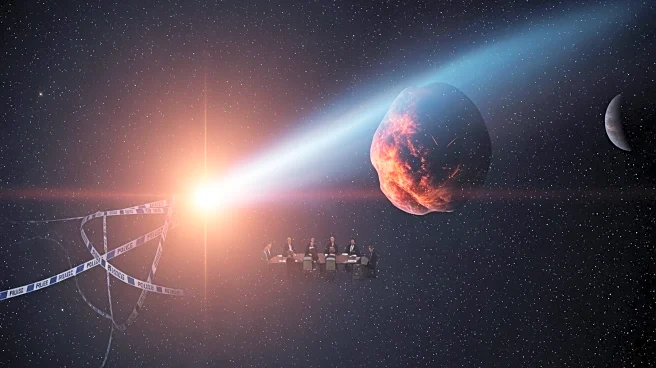What's Happening?
A team led by UCLA has achieved the sharpest-ever view of a distant star using a single telescope equipped with a photonic lantern. This breakthrough device divides starlight into multiple channels, capturing
subtle spatial patterns and allowing for high-resolution images. The achievement marks a significant advancement in astronomy, enabling scientists to explore smaller, fainter, and more distant objects than previously possible. The photonic lantern was developed in collaboration with institutions such as the University of Sydney and the University of Central Florida, and is part of the FIRST-PL instrument installed at the Subaru Telescope in Hawai'i.
Why It's Important?
This development is crucial for the field of astronomy as it allows for unprecedented clarity in observing celestial objects. The ability to capture detailed images with a single telescope could transform the way astronomers study the universe, potentially leading to new discoveries and insights into cosmic structures. The method overcomes traditional imaging limits, offering a new way to see fine details that were previously unattainable. This could have significant implications for understanding the universe's hidden structures and solving long-standing cosmic mysteries.
What's Next?
The innovative approach will enable astronomers to observe smaller and more distant objects with unprecedented clarity. It may help solve long-standing cosmic mysteries and uncover new ones. The project involved an international collaboration, and the team plans to continue refining the technique to further enhance its capabilities. Future research may focus on applying this method to other celestial objects, potentially leading to groundbreaking discoveries in the field of astronomy.
Beyond the Headlines
The use of photonic technologies in astronomy represents a new frontier, blending cutting-edge photonics with precision engineering. This collaboration across disciplines and countries highlights the potential for global scientific partnerships to drive innovation. The technique's sensitivity to atmospheric turbulence required the development of new data processing techniques, showcasing the challenges and advancements in modern astronomical research.











